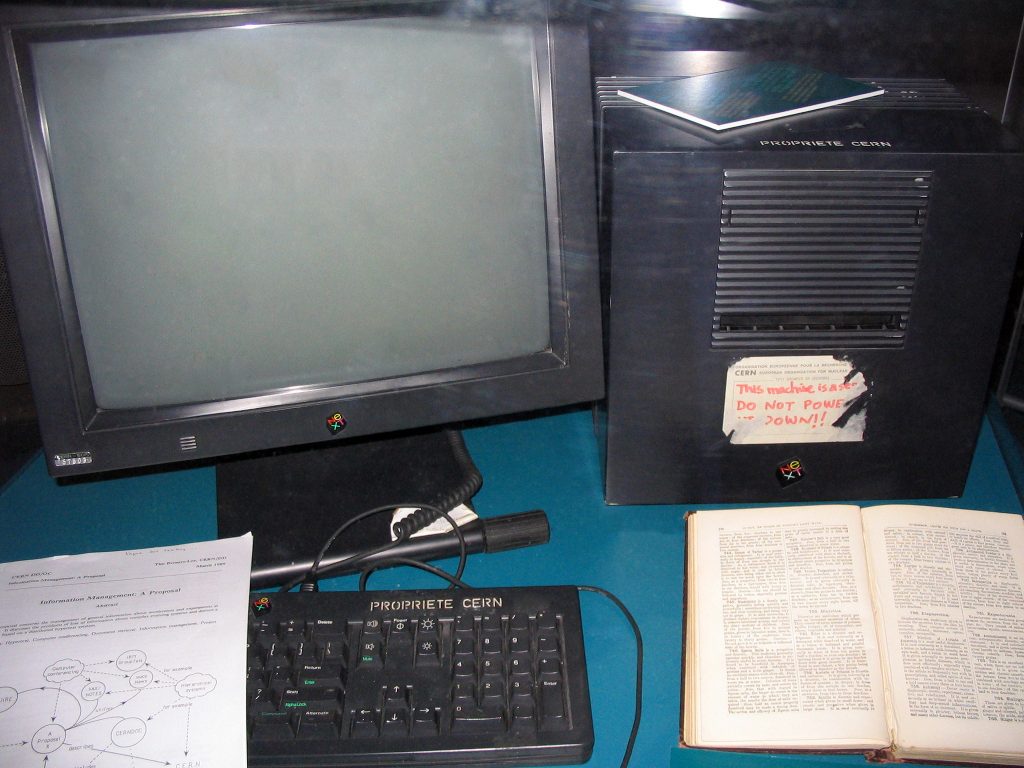So let’s look at the first 2 layers of the OSI model. These are the “Physical” layer and the “Data Link” layer. These layers are separate and distinct, but in practical application they are usually part of the same implementation.
The physical layer (layer 1) is, as it implies, concerned with the physical elements of a connection. Voltages, pin-outs, mechanical considerations, connectors, etc. In the case of fiber optics, it deals with wavelengths and supported configurations such as single or multi mode. Because it is physical, this layer tends to be focused on local networks or networks with fewer participants.
Because of the radically different technologies out there at the physical layer, there is not really a standard unit of data. It can be very different depending on topology.

The Data Link layer (layer 2) defines the formats of data that will be communicated on top of layer 1. How data is divided up into chunks, how things on a local network will be addressed (such as MAC addresses), and how a system will know what chunk of data belongs to which device. These are usually called “frames”.
For layer 1 and 2, most people will have used twisted pair ethernet or various forms of WiFi. If you used a computer at work in the 80’s or 90’s, you may have used other forms of Ethernet or even Token Ring. If you’re really fancy, you may have fiber ethernet coming to your house.
Whatever the case, the implication for freedom and democracy is interoperability. Layer 1 and 2 ensure that your devices can talk to each other at the most basic level.

Information is very important to freedom and democracy. Indeed, it’s why the 1st amendment exists and has been upheld and bolstered as technology advances. Being able to consume and produce information freely is vital to the concept of liberty.
We forget than not too long ago our television, our record player (or 8-track!), our camera, our phones, and anything else all lived in separate worlds. You couldn’t listen to a podcast or stream a news channel across the platform of your choice. Or, more importantly, you couldn’t make a podcast or vlog from the platform at all.
Layer 1 and layer 2 interoperability allows your phone to stream a video connection to loved ones. It allows you to listen to a podcast. If you don’t like the selection of news channels, you can download and view another in the local medium of your choice.

It makes it extremely easy for manufacturers to create cheap and reliable tech that allows all of this. If one tries to make things too proprietary, other things wont’ work with it.
(Having said that, you can also see the creators intent and values of layer 1 and 2 technology. If you’ve ever setup an ethernet network or even a more modern WiFi network, it’s still a pretty localized technical process.)
Layers 1 and 2 are important because they are closest to us. And the bring the concepts of electronic freedom into our living room.
Next articles:







